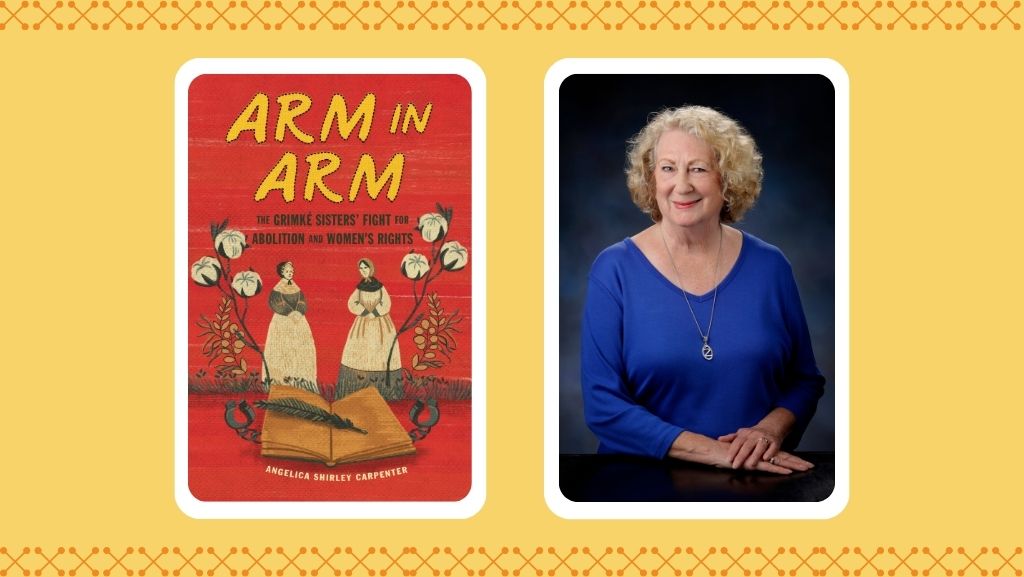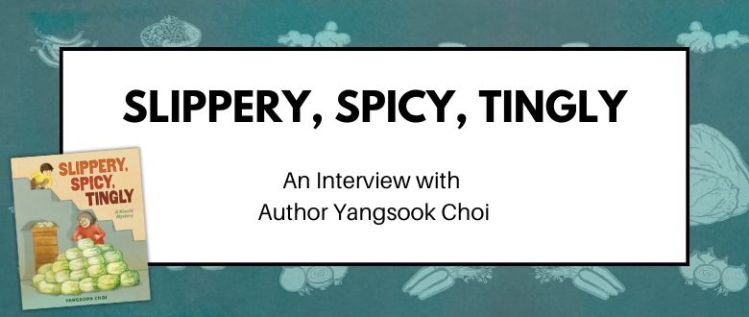Finding Family: An Interview with Author Laura Purdie Salas and Illustrator Alexandria Neonakis

In May 2019, researchers on a lake in northern Wisconsin made a strange discovery: a pair of loons seemed to be raising a mallard duckling! Normally loons and mallards are rival species, but somehow these three—two childless parents and an orphaned chick—found each other. Finding Family: The Duckling Raised by Loons, by author Laura Purdie Salas and illustrator Alexandria Neonakis, tells the true story of this unlikely family through intriguing verse and striking illustrations. To learn more about how this heartwarming picture book about animal cooperation came together, read on.

Speaking with Author Laura Purdie Salas

What is this book about?
Finding Family is about interspecies adoption, and how nature can surprise us even when we think we know the rules of animal behavior. It’s also about how we build families.
What is this book about about? You know, the deeper layer…
Ultimately, this book is about how unknowable the future is and about making the most of whatever situation we’re in right now. It’s about recognizing how much of life is out of our control. If we can make peace with that knowledge, we can figure out what’s beautiful and nourishing about this moment. There are so many questions with no answers, but we can still love the mysteries.
Where did the idea for this book come from?
Carol Hinz, Editorial Director of Millbrook Press and an awesome editor I’ve worked with many times, made the initial suggestion. She’d seen the (adorable!) social media images of the duckling and the loons. She knew I’d written another picture book about loons (Secrets of the Loon, Minnesota Historical Society Press) and wondered if I might be interested in writing about this true story of a pair of loons adopting a mallard duckling. I was super intrigued and excited, but then I learned that nobody knew the ending of the story, as researchers didn’t tag the duckling. I wasn’t sure Carol would still want to make a picture book about this event. I’m so thrilled she did, because I think the very mystery of the unknown ending is crucial to the heart of the story. The future is unknown—make a beautiful life right now.

How much of this story is true?
Every action in the story is factual and is based on the Loon Project researchers’ notes while observing the family. That’s why we kept selected dates in the book—those show the dates that the researchers saw that behavior. The questions—like “Where’s the rest of her brood,
bobbing on the water like tub toys?”—are mine. So are the thoughts, such as, “The future is a perfect mystery of possibilities, like an unhatched egg.” But the specific behaviors of the family are factual—something we worked really hard on!
What’s something interesting from your research?
Speaking of working hard on research, here’s a funny thing. I was researching Long Lake in Oneida County in northern Wisconsin. That’s where various news media said this unusual family was living. I checked resources from the Wisconsin Department of Natural Resources, looking up lake depth, and what fish species the lake held, and so on. Then I was hunting down weather records and viewing satellite images trying to identify trees around the lake. I wanted to make sure I had the details exactly right for this nonfiction book! When I asked Dr. Walter Piper of the Loon Project a question related to the lake, I learned that it wasn’t Long Lake at all. The researchers named a false location to the press to protect the family from hordes of reporters. All that meticulous research—on a completely unrelated lake!
Connect with Laura
Speaking with Illustrator Alexandria Neonakis

You work in a lot of different styles. How did you settle on the style for this one?
Because this is loosely based on a true story, I felt a more naturalistic approach made the most sense. I still wanted it to feel soft and minimal, but the setting and the type of birds are all quite important to the narrative, so making those feel believable felt important to the story. I also think there’s really nothing as cute as a baby duckling, they don’t need to be heavily stylized.
Photo Credit: Justin Mullens
What inspired you to work on children’s books?
Growing up I read a lot. Though I eventually outgrew picture books, I still loved the illustrations so I spent a lot of time looking at things like the little Golden Book illustrated science books. I had a copy of a birds of Eastern Canada book that I’d flip through and try to copy the illustrations from. I never lost the love of science and the natural world. In university, I studied Biology until deciding in my final year that art was the right path for me. I still feel very inspired by scientific illustrations and particularly those aimed at younger audiences so it was a natural path for me to take.

What was your favorite children’s book growing up?
I adored the illustrations by P.J. Lynch in East O’ the Sun and West O’ the Moon. I also loved anything by Graeme Base. He wrote and illustrated Animalia and the Eleventh Hour. I spent hours looking at those books. The Eleventh Hour had a whole hidden puzzle within the illustrations. They were fantastic. I also loved the I Spy series by Jean Marzollo. Anything with rich, detailed images that you could continue to come back to and find something new in was appealing to me.
What did you like to draw as a kid? What medium did you work in?
I drew a lot of Dragons and horses mostly. I drew basically any animals, and my main medium of choice back then was colored pencil and micron pens.
Connect with Alexandria
Free Educational Resource
Download this free teaching guide to use Finding Family in your classroom!
Praise for Finding Family
“Engaging natural science for the very young.”—Kirkus Reviews
Find more interviews from incredible authors and illustrators on the Lerner blog.


Comments